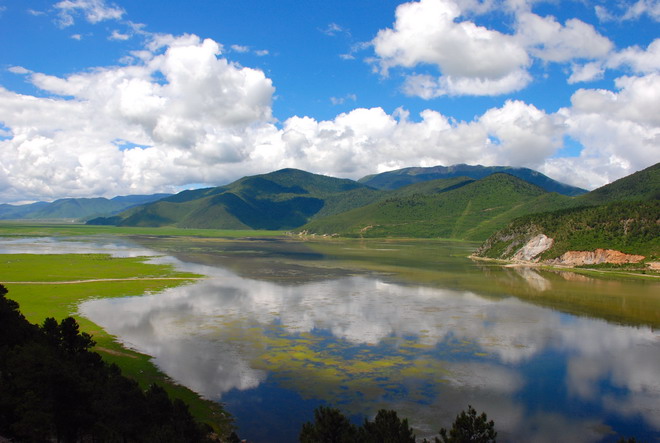
Shangri-La is a fictional place described in the novel 'Lost Horizon' by British author, James Hilton in 1933. In this book, "Shangri-La" is a mystical, harmonious valley, gently guided from a lamasery, enclosed in the western end of the Kunlun Mountains. Since then, Shangri-La has become synonymous with any earthly paradise but particularly a mythical Himalayan utopia — a permanently happy land, isolated from the outside world.

Could British writer James Hilton's imaginary paradise really exist? The answer is Yes. Zhongdian County, a small township in Yunnan Province, looks so much like James Hilton's exotic Utopia in many details such as snow-capped mountains, green lakes, flowers and friendly local residents. Shangri-La's famous attractions include Bita Lake Nature Preserve, Napa Lake Baishui Terrace, Haba Snow Mountain, and Meli Snow Mountain. In the summer of 2002, the Chinese government approved its request for a name change, from Zhongdian to Shangri-La.